Shockwave Therapy
What is Shockwave therapy?
Shockwave therapy is a non–invasive therapy that promotes the natural healing process of the body. It can alleviate pain and facilitate the recovery of injured ligaments, tendons, and other soft tissues. It performs this by discharging maturation factors in the injured soft tissue. Shockwave therapy is occasionally guided to extracorporeal pulse activation technology(EPAT).
Shockwave therapy is a variety of regenerative therapy also known as orthobiologic therapy. It is operated to treat tendinopathy and ligament injuries which are difficult to recover. Degenerative tendinopathies have an associated buildup of calcium in the muscle tendon. Concentrating shock waves can split those deposits up.
The cure can encourage rehab after orthopedic operative treatment for example, if a hip impingement has bruised tendons and ligaments close to the hip. Surgery can correct hip impingement, but after many years of overworking and deterioration due to the impingement, the surrounding tendons generally stay aching. Shockwave therapy can be utilized to manage this secondary problem.
What is the principle of Shockwave therapy?
- Electrohydraulic Generation Principle
- Piezoelectric Generation Principle
- Electromagnetic Generation Principle
- Radial or Ballistic Generation Principle
Shockwave field contains main four principles Electrohydraulic, Electromagnetic sources, Piezoelectric sources, and Radial or Ballistic Generation Principles. The shock wave radiated by most of the tools has a focal zone that is several centimeters forward of the generator. The healing results happen where most sonic waves are collected in the focal zone, so this is usually the movement site. The shock wave is transferred via the coupling media (ultrasonic gel) into the soft tissue forming a focal zone. It is essential to make sure that the marked site is in the focal zone while the shock wave therapy.

Shockwaves are provisional pressure disruptions that reproduce rapidly in a three-dimensional spot. They are associated with an impulsive peak from ambient pressure to their highest pressure. Significant soft tissue impacts contain cavitation, which is resulting in the negative phase of wave propagation.
Direct shockwave and indirect cavitation blows generate hematoma construction and focal cell cessation, which then elicit new bone/tissue appearance.

What are the Benefits of Shockwave therapy?
Shock wave therapy has multiple biological advantages containing:
- It is a non-invasive approach to treating acute and chronic pain
- The treatment does not require anesthesia
- Decreases pain
- Increases mobility
- It has limited side effects
- It is generally operated for the cure of musculoskeletal conditions.
- Shockwave therapy is cost-effective
What is the application of Shockwave therapy?
The patient is evaluated by the physical therapist while his first visit to ensure that he is a suitable candidate for shockwave therapy. The therapy is begun by involving ultrasonic gel in the treated region. The applicator or therapy head is instantly put on the region. A medium of gel is needed for the transmission of sound waves via the applicator to the patient’s skin. The parameters are fixed and the intensity is involved according to the convenience of the patient there is no standardized protocol for the cure of musculoskeletal conditions. It can be utilized in conjunction with treatment and straightforward exercises, and movement modification. Relying on the outcomes, the patient is recommended to take shockwave therapy once a week for 5-6 weeks.
Parameters
Parameters implicate energy flux density (EFD), acoustical energy, pressure distribution, and the whole energy at the second focal point. The energy flux density (EFD) of the observant shock wave utilized for the cure of muscular trigger points is between 0.05–0.25 mJ/mm2. To avoid soft tissue injury the shock wave frequency involved in the trigger point shouldn’t overreach 4 Hz. Established on the texture and depth of the muscle, the energy flux density is fixed.
The energy flux density should be fixed in such a manner that the pain caused by the shock waves is bearable for the patient. For the radial shock waves, the same approach involves. Excessive alerts should be carried out while operating small surface shock transmitters with a little surface as they induce high peak pressures, to sidestep hematomas. The shock wave frequency is 10-15 Hz, 15 Hz frequency typically less pain. When operating a mixture of focused and radial shock waves in stimulus point remedy, the stimulus points are preferably regaled by involving 200-400 focused shock waves. It is then obeyed by the radial shock wave transmitter, using 3000-4000 radial shock waves.
- Frequency: It is good to deliver one session/week for most patients. These breaks give muscles time to heal from the irritation, which the patient may sense for up to 3-4 days.
How does Shockwave therapy work?
Shockwave therapy has a positive and negative stages. The positive stage creates immediate mechanical forces, whereas the negative stage induces cavitations and gas drops that afterward implode at elevated speeds, inducing a second wave of shockwaves. It utilizes high peak pressure obeyed by lower amplitude, short period, and short peak time. They have a single pulse, with an elevated-pressure amplitude (0-120 MPa) and an expansive frequency range (0-20 MHz). Whereas ultrasound waves have around 1000 times lower peak pressure than a shockwave. Shockwaves are inferior-frequency pressure disturbances that transit rapidly in a three-dimensional area, associated with an impulsive rise from ambient force to their maximum pressure. Subsequent soft tissue effects mainly cavitations, which are resulting in the negative stage of wave propagation.
Shockwave therapy may be used to:
- Boost circulation around damaged soft tissues
- Crackdown calcified deposits for example kidney stones
- Prompt cells that develop new bone tissue and connective soft tissue
- Relieve pain by overstimulating nerve endings in the injured region
- The entire procedure doesn’t create any thermal effect, it stimulates revascularization
What are the Indications of Shockwave therapy?
Shockwave therapy is most typically operated in the cure of ordinary musculoskeletal illnesses. These contain:
- Acute and chronic muscle pain in cervical and lumbar spine areas.
- Chronic tendinopathy
- Calcific tendinosis of rotator cuff muscles
- Frozen shoulder
- Dorsalgia
- Tennis elbow
- Golfers elbow
- Carpal tunnel syndrome
- Sciatic pain
- Tensor fascia late syndrome
- Iliotibial band friction syndrome
- Greater trochanteric pain syndrome
- Avascular necrosis of the femoral head
- Medial tibial stress syndrome
- Osteoarthritis of knee
- Patellar tendonitis
- Jumper’s knee
- Bursitis
- Metarsalgia
- Tibialis anterior syndrome
- Achilles tendonitis
- Plantar fasciitis
- Heel spurs
- Fracture
- Exostosis of small joints
- Recurrent strain and overuse damages.
Contraindications
If you want shockwave therapy, it’s essential to consult your therapist regarding whether it would be suitable for the person in your situation. While this therapy approach does not induce considerable side effects for most individuals, there are circumstances where it should not be utilized.
Your doctor probably will not instruct shockwave therapy, for example, when soft tissue is torn further restoration. That could expand the soft tissue impairment in this patient. Your therapist will not regard shockwave therapy when an injury apparently requires surgery rather than non-invasive therapy.
Shockwave therapy even should not be utilized:
- Near to the womb while the pregnancy period
- On malignant tumors or surrounding tissues
- Around the brain or spine
- Close the lungs
- On an individual with any type of active bleeding condition
If you have any kind of tendinopathy and soft tissue damage that is not reacting to a more conservative cure, research indicates that shockwave therapy may be worth a try. Whether you prefer shockwave therapy over another kind of recovery approach, though, is eventually up to your condition and your consultant doctor.
What are the side effects or complications?
You may undergo some side effects, but they are rare and normally mild. These may contain:
- pain at the affected area while the process,
- bleeding or bruising on and near the penis,
- blood in the urine,
- skin infection on the penis,
- aching erection, or
- penile curvature that worsens.
Complications of shockwave therapy are particularly rare; regardless, it is necessary that a therapist evaluate the injury of the patient and fitness before therapy starts. If a tendon and ligament are practically completely torn, shockwave therapy can induce the remaining tissue to tear. If a patient has very low bone density for example person with osteoporosis, shockwave therapy may provoke a fracture in a bone.
Clinical analyses have typically shown shockwave therapy to be useful and secure, but more study is required to determine possible risks and the best therapy protocols for persons with erectile dysfunction.
Shockwave therapy v/s Radial wave therapy
It is essential to differentiate shockwave therapy from radial wave therapy, which is generally promoted as a noninvasive cure for erectile dysfunction available at both medical and non-medical aptitudes. Here are some key dissimilarities:
Shockwave therapy
- Data indicates it can boost blood circulation and potentially benefit growing new blood vessels.
- A certified medical expert with skilled training is needed to assist with this therapy.
- It isn’t yet authorized by the Food and Drug Administration (FDA) as beneficial for treating erectile dysfunction.
Radial wave therapy
- There is no data to reinforce declarations that it can assist with erectile dysfunction.
- It isn’t handled by the Food and Drug Administration (FDA) because it’s a Class I medical instrument.
- No medical license or skilled training is needed to assist with this therapy.
FAQ
Does shockwave therapy actually work?
Yes. In fact, the plurality of patients who utilize this therapy has appreciated its effects. In clinical investigations, about 91% of patients said successful outcomes, involved a reduction in chronic pain, a gain in flexibility, and other fitness progress.
How long does a shockwave last?
Shockwave treatment lasts around 5-10 minutes. During every session, around 2500-3000 shocks will be allocated to the damaged soft tissue. While your shockwave session, your physical therapist will modify the machine intensity to confirm the damaged tissue obtains the needed dosage.
What are the differences and similarities between Shockwave therapy and therapeutic ultrasound?
Differences between Shockwave Therapy and Therapeutic Ultrasound
1. Therapeutic ultrasound operates elevated-frequency sound waves, while Shockwave therapy operates lower-frequency sound waves.
2. Ultrasound may assemble either thermal or non-thermal outcomes in tissues, during Shockwave therapy not result in thermal outcomes.
Similitudes between Shockwave Therapy and Therapeutic Ultrasound
1. Both modalities use acoustical waves to deliver restoring advantages.
2. They both make use of a coupling media (ultrasonic gel) to transfer sound waves in the tissues being regaled.
3. They are both non-invasive approaches to cure.
Does Shockwave need anesthesia?
Shockwave therapy operates shock waves to spoil the stones into tiny fragments. The fragments then escape your body naturally while urination, so no incisions are required. Shockwave therapy is an outpatient approach, but anesthesia is needed. You may be provided a light sedative or a complete general anesthetic, if essential.
Can I stretch after shockwave therapy?
You should be capable to resume your regular activities after shockwave therapy. We will recommend avoiding any severe exercises or blows, for example running, for the first 48 hours after therapy. Regardless, it is essential to continue with the exercises provided to you by the physical therapist, for example, stretching your plantar fascia.

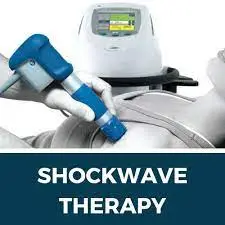
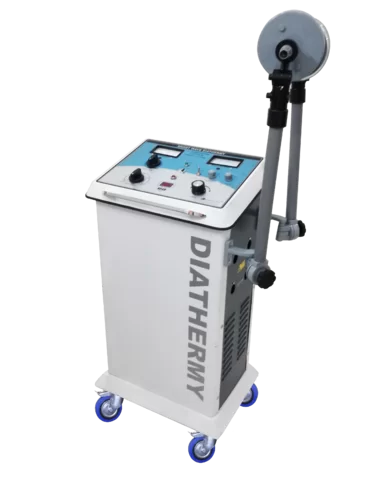
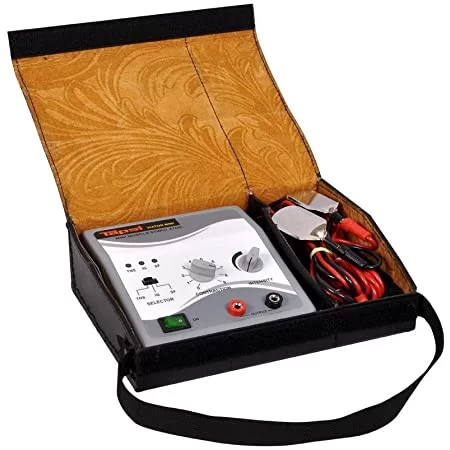
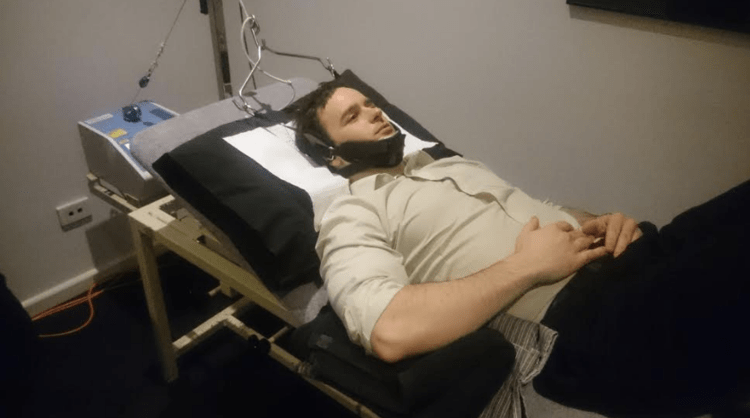
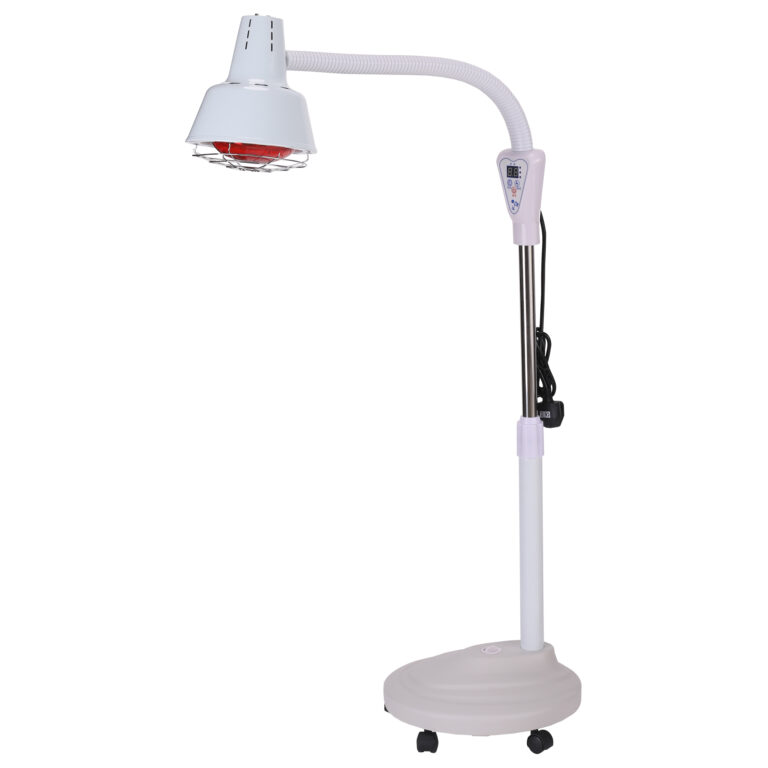
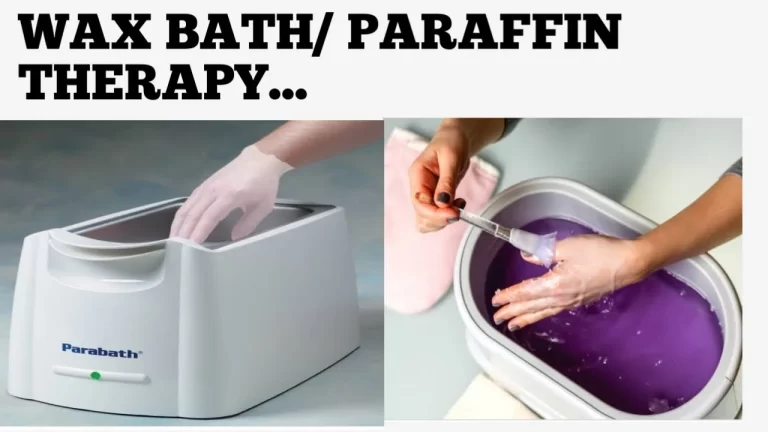

7 Comments